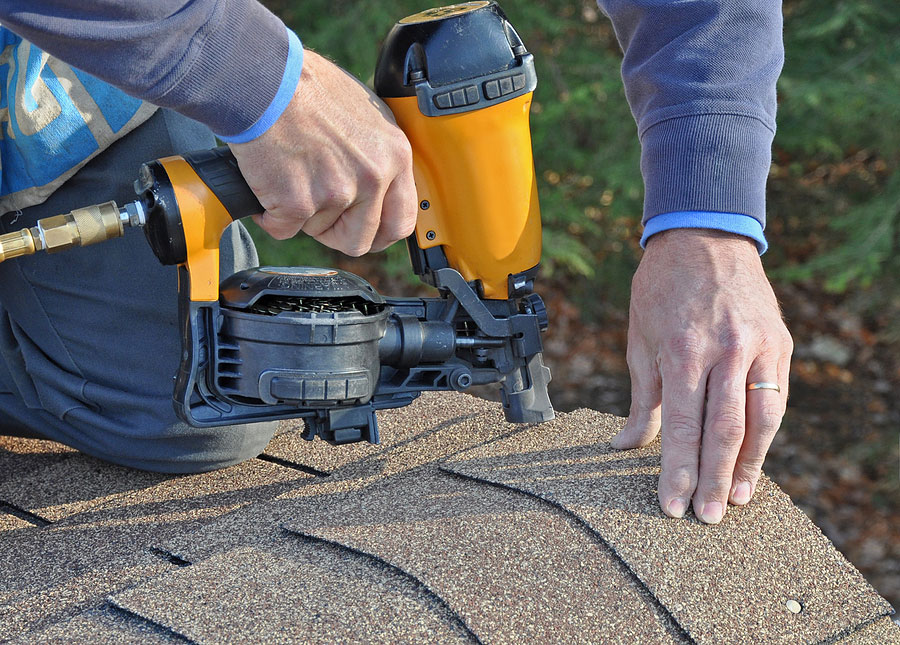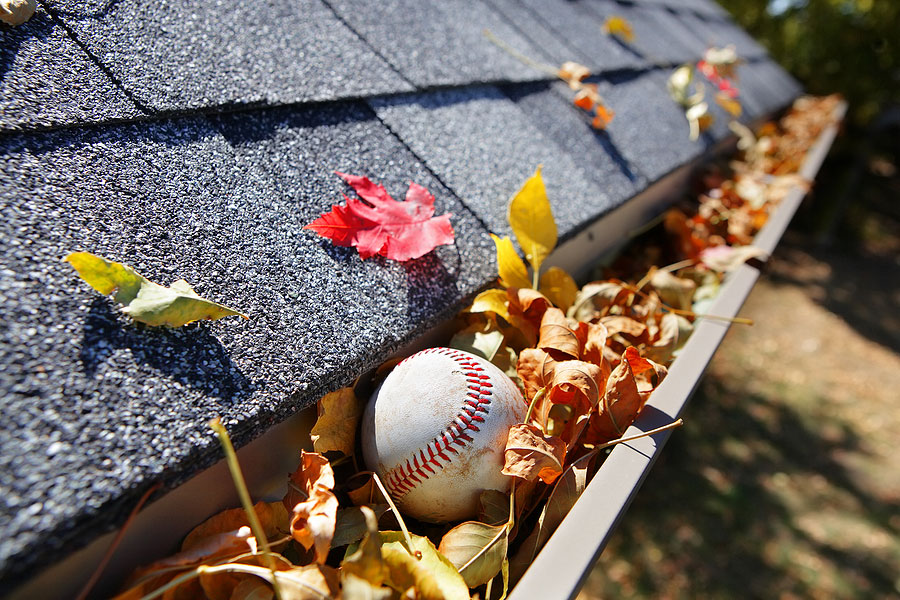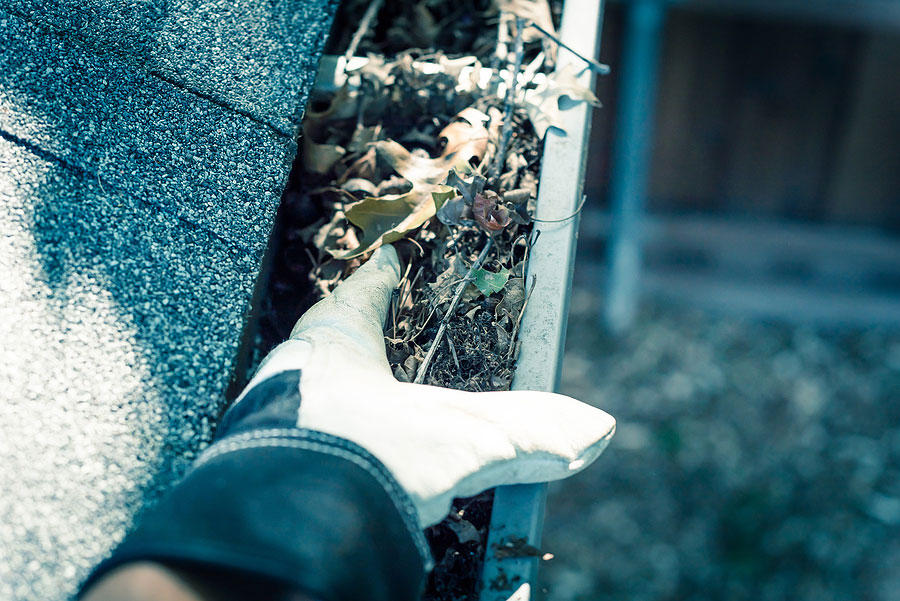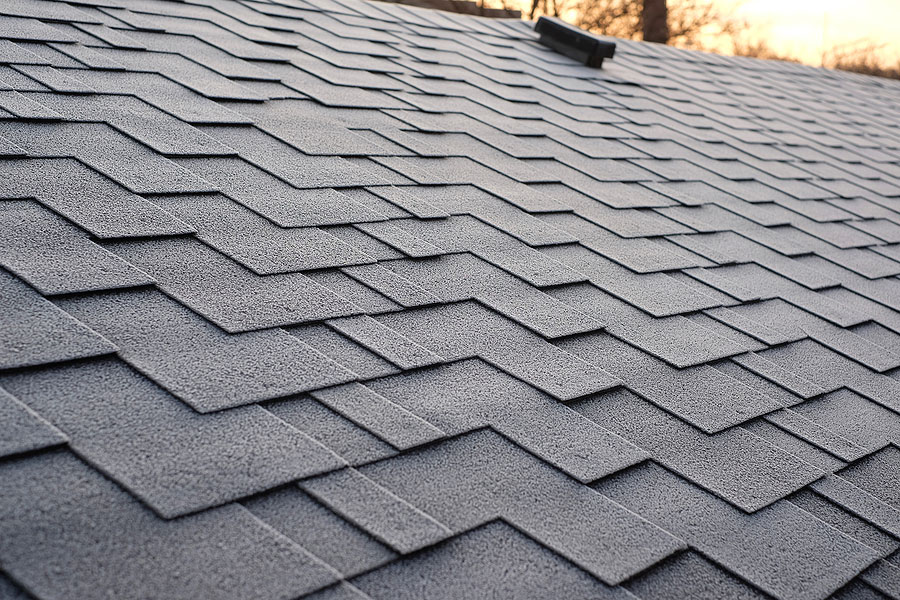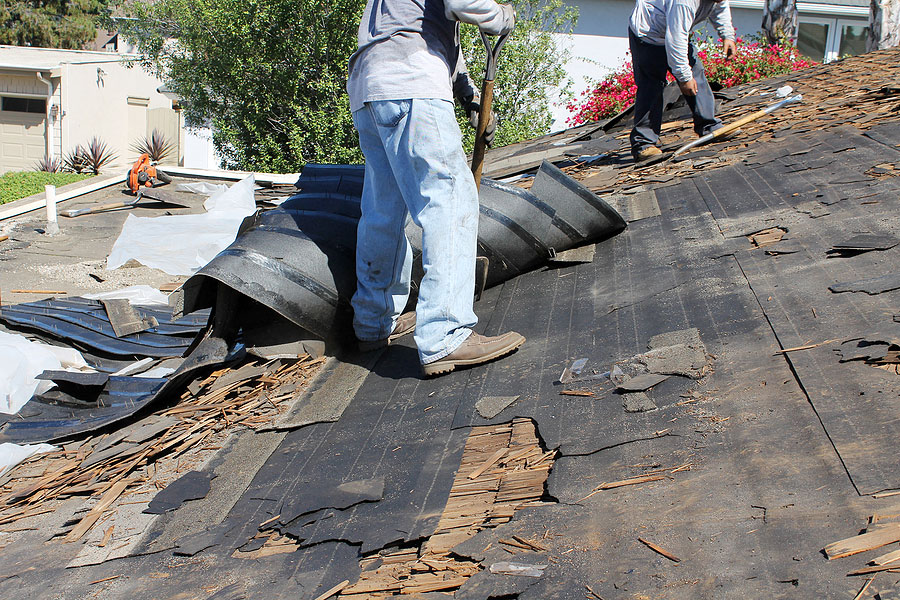Your house, of which you’ve spent time and money in your endeavor to make it your home, isn’t going to last forever. Not without your help, of course.
When you became a homeowner, you entered into a symbiotic relationship with your house; as long as you maintain it, it will give you shelter. So when something goes wrong, or a feature needs replacing, it can be a pain, but ultimately, it’s worth it.
One of those features that you might need to replace soon if you haven’t already: your gutters. Most people are familiar with the need to clean them out every so often or to install netting so they don’t have to, but not everyone replaces them when the time comes.
Here’s the good news about gutters, you have options. Each one has its ups and downs, but it’s ultimately your choice (and possibly the recommendation of your gutter installation contractor).
Your gutter material options, should you choose to accept them, are below.
Aluminum
Aluminum is the most popular choice for gutter material because they are relatively inexpensive to have installed and they don’t rust. They’re nice and lightweight, can be used in areas with heavy snowfall, have multiple color options (although they can be painted), and are overall a good buy.
Seamless Aluminum
What is seamless aluminum you ask? Well, seamless gutters are gutters with — wait for it — no seams. They’re fabricated during installation to the exact measurements of your home, creating a tailor made gutter system just for you that’s essentially leak-proof. While seamless gutter benefits are aplenty, the installation will cost more due to the higher requirement for labor and expertise.
Copper
Yes, you can summon your inner steampunk persona and opt for a copper gutter installation. Typically, you might see half-round copper gutters on an older house, but that doesn’t mean you can’t use them. Copper provides a unique and beautiful aesthetic that won’t rust, but that’s about all of the pros for this one. Copper can’t be painted (but will develop a patina, which is cool), requires a professional installation due to the need for seams and joints to be welded, and can be pretty expensive.
There are more gutter options, such as vinyl and steel, but you’ll need to contact your gutter installation contractor to see what types of gutter material they can provide (or obtain). If you’re unsure whether you need to replace your gutters, contact a home inspection service to do a roof inspection. Normally, you should have your roof inspected once or twice a year, but things get hectic and a roof inspection falls through the cracks.
However, don’t forget that the less you maintain your home, the less efficient it will be at sheltering you. Need a roof inspector or gutter installation company in Maryland? Then give our team a call today.







